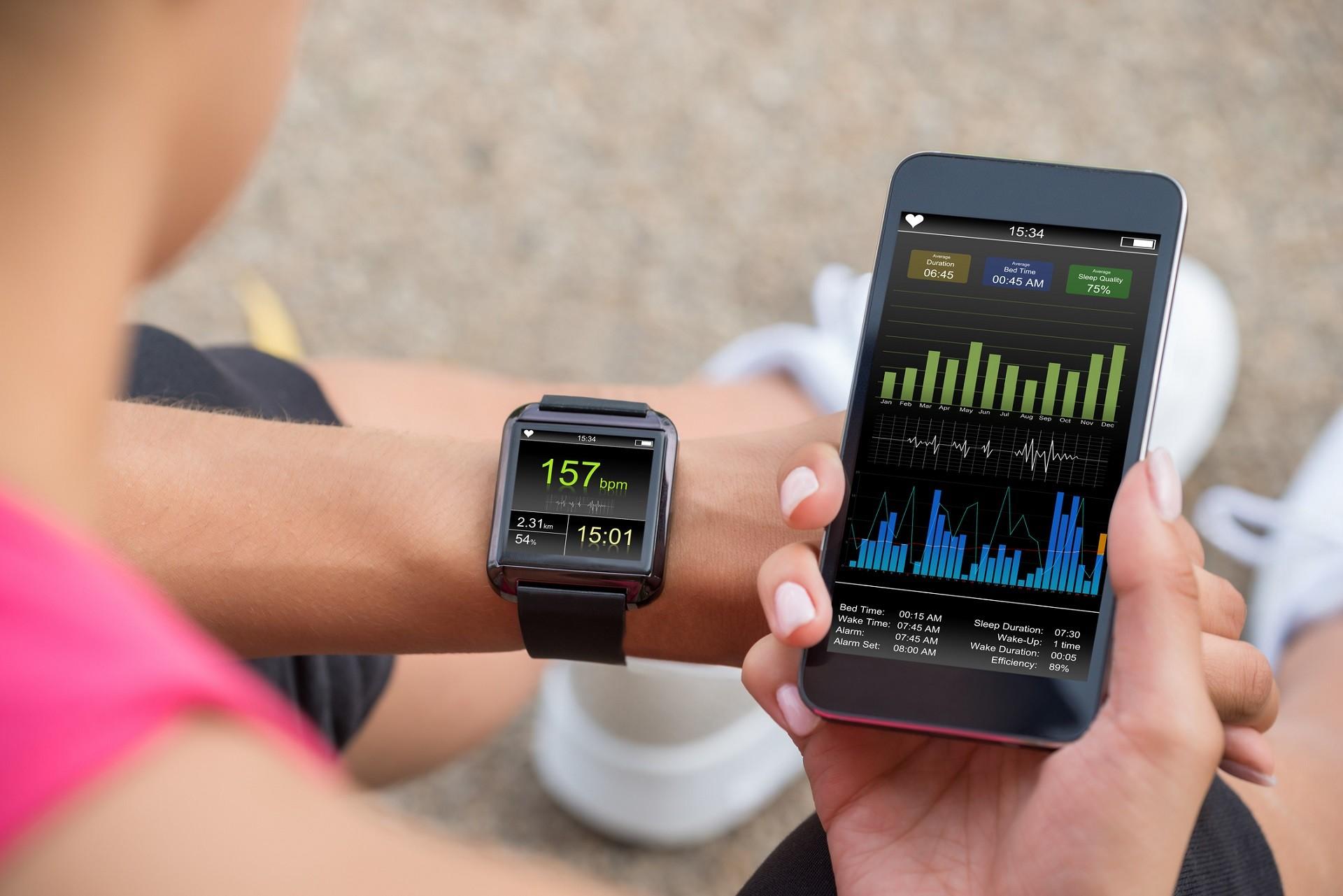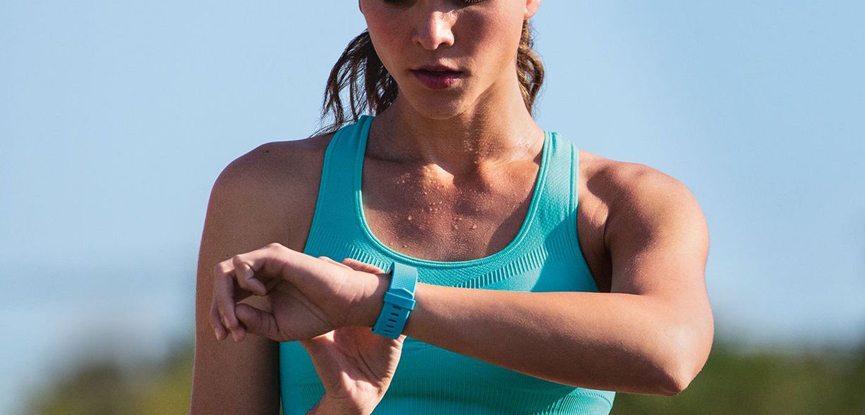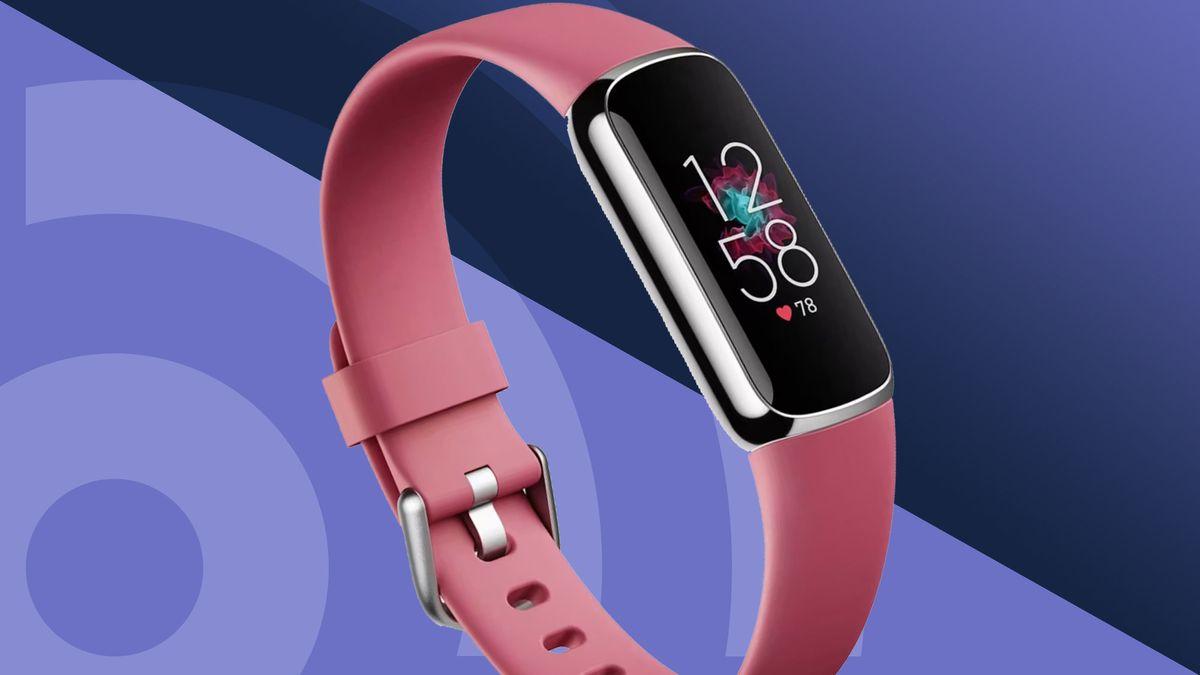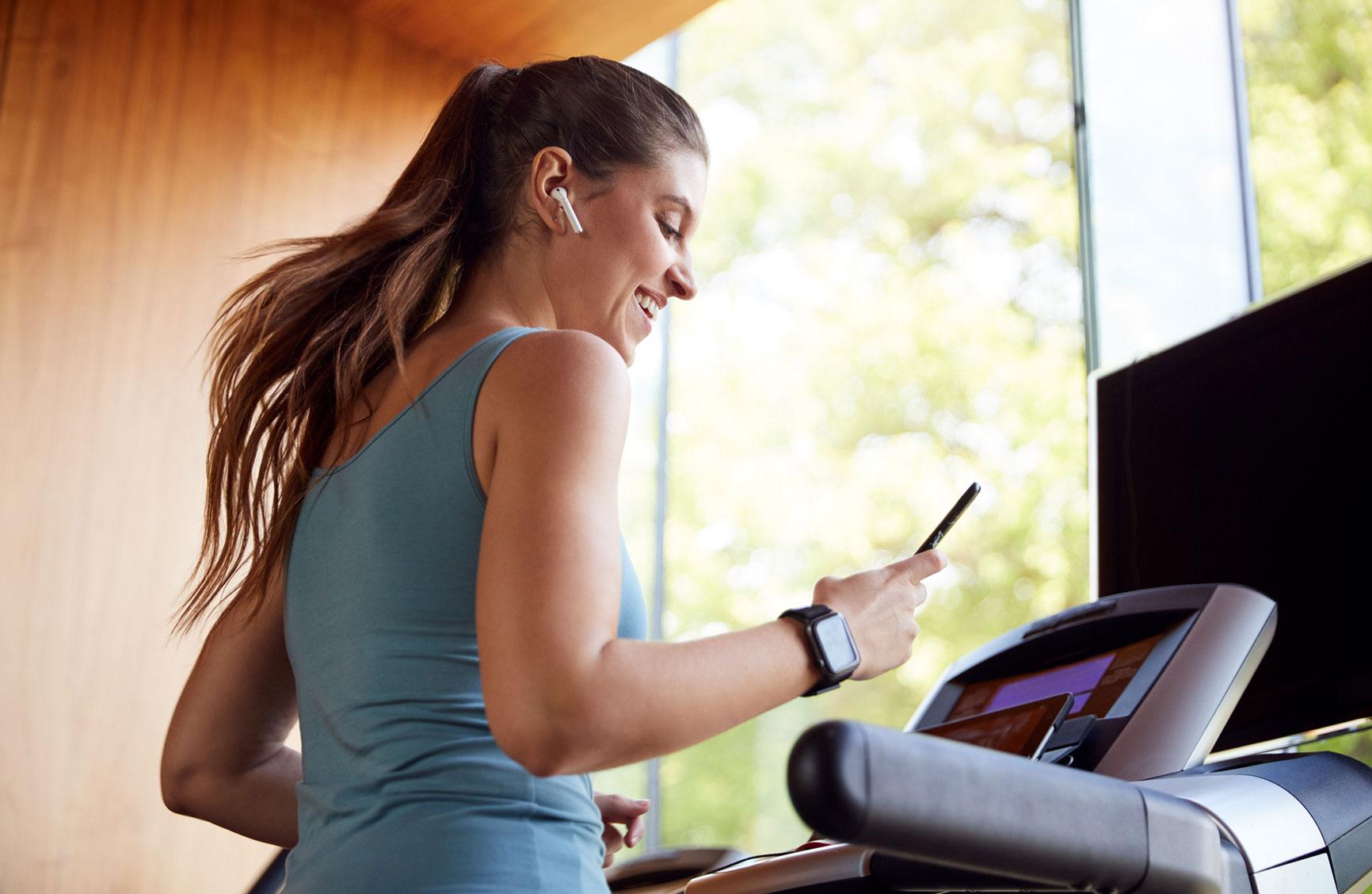In a world where technology intertwines seamlessly wiht everyday life,wearable tech has emerged as a powerful catalyst reshaping the landscape of fitness.From sleek wristbands that monitor heart rates to smart fabrics that track muscle activity,these innovations are transforming how we approach health and exercise. No longer confined to the realm of sci-fi, wearable devices are now personal trainers, motivators, and data analysts wrapped around our wrists—inviting us to explore new frontiers of self-awareness and performance. This article delves into the subtle yet profound ways wearable technology is revolutionizing fitness,offering insights into the evolving relationship between the human body and digital innovation.
The Evolution of Wearable Technology in Fitness Tracking
The journey of fitness wearables began with simple pedometers, designed solely to count steps. Over the years, these devices have evolved into sophisticated smart wearables equipped with an array of sensors, capable of monitoring metrics such as heart rate variability, sleep patterns, oxygen saturation, and even stress levels. Innovations in microelectronics and data analytics have fueled this rapid change, allowing users to receive real-time health feedback and personalized workout recommendations. Today’s wearables seamlessly integrate AI-driven algorithms to adapt fitness plans dynamically, making the pursuit of health smarter and more efficient than ever.
This evolution can be summarized through key features that have become standard in modern devices:
- Multi-sensor arrays: Combining accelerometers,gyroscopes,and optical sensors for comprehensive activity tracking.
- Cloud connectivity: Allowing data sync to secure platforms for long-term analysis and remote coaching.
- Wearable versatility: Ranging from wristbands and smartwatches to smart clothing, adapting to diverse user preferences and sports.
- User engagement tools: Incorporating gamification and social sharing to boost motivation and accountability.
| Era | Primary Function | Technological Leap |
|---|---|---|
| 1990s | Step counting | Basic pedometer mechanics |
| 2000s | Heart rate monitoring | Optical sensors integration |
| 2010s | Multi-metric tracking | Bluetooth and smartphone apps |
| 2020s | Holistic wellness platforms | AI analytics & cloud ecosystems |
for a deeper dive into the technological breakthroughs enabling these devices, the National Institute of Standards and Technology (NIST) offers comprehensive studies. Additionally,insights on the physiological impact of wearables can be found at the National Center for Biotechnology Information (NCBI). Industry trends and market analyses are updated regularly by Gartner, a leader in technology research.

Unlocking Personalized health Insights Through Wearables
Wearable technology has ushered in a new era of custom-tailored health monitoring, transforming raw data into actionable insights that empower users to make informed decisions about their wellness. By constantly tracking variables such as heart rate variability, sleep patterns, and activity levels, these devices go beyond simple step counting to offer deeply personalized feedback. This continuous flow of information enables individuals to identify trends and potential health concerns early, paving the way for proactive lifestyle adjustments and more meaningful conversations with healthcare professionals.
Key features contributing to this revolution include:
- Real-time biometrics: Instant access to vital signs that adapt recommendations dynamically.
- AI-driven analytics: Machine learning algorithms that interpret complex data sets for clarity.
- Integration capabilities: Seamless syncing with smartphones and health apps for a unified health view.
| Wearable Feature | Benefit | Impact on Health |
|---|---|---|
| Continuous Heart Rate Monitoring | Detects irregularities early | Reduces risk of cardiovascular events |
| Sleep Quality Analysis | Identifies patterns affecting rest | Improves recovery and mental clarity |
| Activity Tracking | Encourages goal-setting and progress | Boosts motivation and fitness levels |
For those curious about the science behind these advancements,
Integrating Wearable Data to Optimize Workout Performance
Harnessing data from wearable devices allows fitness enthusiasts to transcend conventional limits by tailoring workouts with unparalleled precision. Devices like smartwatches and fitness bands gather real-time metrics—heart rate variability, oxygen saturation, and even sleep quality—enabling users to calibrate exercise intensity and recovery windows. This dynamic feedback loop fosters smarter, not harder, training sessions, where insights from trusted health sources mesh seamlessly with your body’s unique signals.
Key performance indicators provided by wearables, such as VO2 max and cadence, unlock deeper understanding through easy-to-read dashboards and app integrations. Fitness enthusiasts can strategically optimize their regimen by tracking:
- Heart rate zones for targeted fat burn or endurance building.
- Recovery times to prevent overtraining and injuries.
- Sleep patterns that influence overall performance and stamina.
| Metric | Benefit | Application |
|---|---|---|
| Heart Rate Variability (HRV) | Measures stress and recovery | Adjust rest days |
| VO2 Max | Assesses cardiovascular fitness | Personalize endurance workouts |
| Sleep Quality | Reflects muscle recovery | Refine training intensity |
Integrating this wealth of data with expert guidelines, like those from the World Health Association, transforms fitness strategies into living, evolving blueprints for success. This synthesis of technology and physiology is redefining how goals are set and achieved in the modern fitness landscape.

Choosing the Right Wearable Device for Your Fitness Goals
When selecting a wearable device, it’s essential to align its features with your specific fitness objectives for maximum impact. Whether you’re a casual walker,an endurance athlete,or someone focused on holistic health,devices vary widely in what they offer. Consider key aspects like accuracy in tracking, battery life, and integration with other health apps. As an example, a runner may prioritize GPS precision and heart rate monitoring, whereas a mindfulness enthusiast might seek stress tracking and guided breathing exercises. Understanding these nuances helps ensure your technology works as a true fitness partner rather than just a gadget.
Here are some critical factors to evaluate before making your choice:
- Compatibility: Ensure your wearable syncs seamlessly with your smartphone’s operating system or popular apps such as MyFitnessPal.
- Sensor variety: Advanced sensors like SpO2, ECG, and temperature monitors provide deeper insights into your health status.
- durability and ergonomics: Comfort matters for daily wear,especially during strenuous activities.
| Feature | Best For | Example Devices |
|---|---|---|
| GPS Accuracy | Runners, Cyclists | Garmin Forerunner, Apple Watch Ultra |
| Health Monitoring | General wellness | Fitbit Charge 5, WHOOP Strap 4.0 |
| Sleep Tracking | Improving Recovery | Oura Ring, Xiaomi Mi Band |
Choosing the right device is a personalized journey, and exploring reviews from trusted sources like CNET or TechRadar can provide unbiased insights. Ultimately, the right wearable empowers you to turn data into meaningful progress on your fitness path.
Final Thoughts
As wearable technology continues to evolve, it is reshaping the landscape of fitness in ways previously unimaginable. These compact devices are no longer just accessories but essential partners that motivate, guide, and empower individuals on their wellness journeys.By seamlessly blending innovation with everyday life, wearable tech is not simply tracking progress—it’s transforming how we understand and engage with our own bodies. In this revolution, the future of fitness is not just about reaching goals but about embracing a smarter, more connected path toward holistic health.





